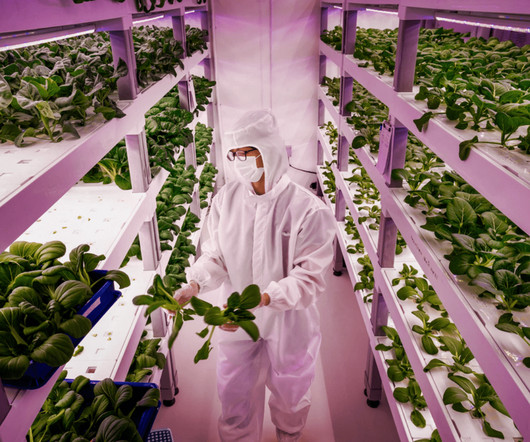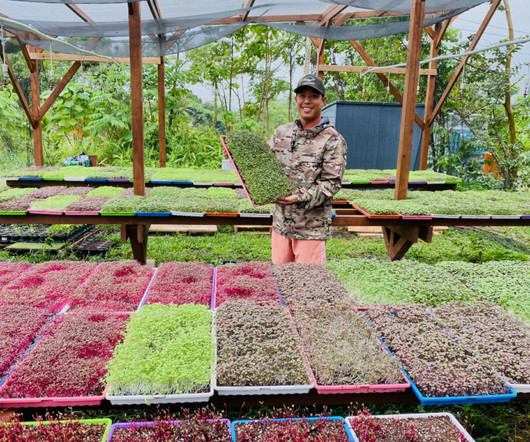Op-Ed | The Most Sustainable Fish You Probably Never Knew Existed
Food Tank
JULY 26, 2024
That’s because we use no arable land, no freshwater (we make our own on the vessels), no pesticides or fertilizer, and no food to harvest these fish from the wild. For every meal of land animal protein that you substitute with fish, you are significantly reducing your personal carbon footprint.











Let's personalize your content